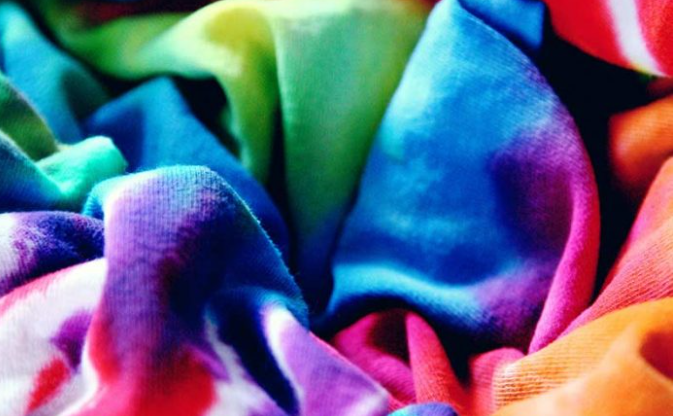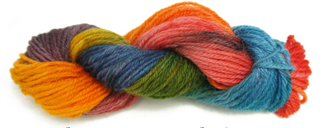How to dye your own yarn

Dying your own yarn adds a new dimension to wool-based craft projects. It is possible to mix your own colours and dye as much or as little yarn as you need, so let’s take a look at how to do this and which dyes you will need for different types of yarn.
Preparation
Grab a container to use as your dye bath and put on some rubber gloves to protect your skin. Your container should be heatproof. Unwrap your yarn and coil it into a large loop, then secure the loop with a few small pieces of yarn. This helps to ensure even dye distribution and stop the yarn from tangling.
Soak your yarn in cold water for at least 20 minutes prior to dying. If you are using food colouring as your dye, use a water and vinegar mix.
The dying
Place the soaked yarn in the dye bath and cover it with water. Add your choice of dye to the desired intensity. Place the dye bath on the hob and heat it gently to an almost boil. Stir very gently to disperse the colour, being careful not to tangle the wool. Remove from the heat and leave to cool.
Once the wool has cooled, rinse it with room temperature water and leave it to dry. Once dry, it is ready to use.
You could use this method to colour a white macrame kit from a supplier such as https://www.woolcouturecompany.com.
If you want to try different techniques, such as gradient or speckled yarn, you will find lots of information online.
What can be used to colour wool?
Animal fibres take most dyes well and give you the option of using natural dyes, such as anything you can find in your kitchen. Particularly effective options include raspberries, blackberries, onions, red cabbage, and food colouring.
Fibre-reactive dyes work best for colouring plant fibres, so you will want to use these on cotton, linen, and bamboo yarns.
Fibre blends can be more tricky. An all-purpose dye may be necessary, as this will target both the animal and plant fibres.






